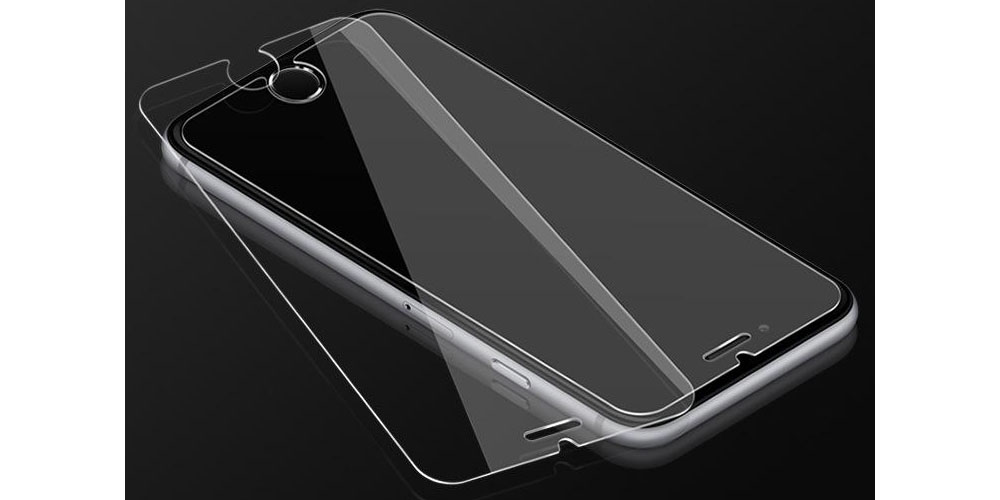Your smartphone is a precious commodity that needs to be protected by a glass screen protector. Today, smartphone companies use different screen types, i.e., Gorilla Glass, which are resistant to scratches and cracks, even though they are not foolproof. Objects such as beach sand can damage your screen. For that reason, tempered glass screen protector has become prominent in the past two years. It provides your gadgets with improved resistance against scratches and cracks.
Important Features
1.Multi-layered
A tampered glass screen protector is the ultimate best you can purchase. An excellent tempered glass screen protector has four layers. It usually starts with a silicon shock absorber at the base, followed by a PET film and a transparent adhesive. All of this shock absorbent silicon, scratch, and oil is compressed into a thick sheet that is durable, easy to apply, and is not heavy or obnoxious.
2.Privacy Layer
A tampered glass screen protector is excellent than other alternatives in each way. It has a more transparent display because of better light transmittance. It reduces glare and is anti-reflective. The oleophobic coating reduces fingerprints heavily, providing you with an even feel of real glass beneath your fingertips. Lastly, it can resist sand scratches making it a viable alternative for beach-goers.
3.Military Grade Protection
Tampered glass screen protectors brag a material hardness of 8H-9H, implying they are strong enough to withstand scratches from anything that is not corundum or topaz (excessively hard aluminium oxide). However, they are not shatter-proof.
Because this is a toughened glass, the glass screen protector absorbs all the harm and breaks into tiny shards in case of a fatal drop. Better chances are, your display underneath is not damaged; therefore, you will only replace the protector with a new one instead of replacing the whole screen.
Additionally, there are four different types of tampered glass screen protectors:
- Standard fit. Standard fitonly conceals the touchable area of your phone's screen.
- Standard fit with rounded corners. It is similar to the standard fit, but the rounded corners enhance durability.
- Edge to edge. It covers the entire screen of your phone.
- Edge to edge with rounded corners. Similar to the edge to edge screen protector but provides the most durability.
Dry versus Wet Tampered Glass Screen Protector Installation
The method of installing a tampered glass screen protector is always specified on the box.
a. Dry Installation
This criterion uses static electricity for gluing the protector to the screen, and the application is effortless. The precise steps are explained on the package, but here are a few tips for you.
- Look for an environment free from dust. While at home, the bathroom after a quick shower can do.
- Thoroughly clean your phone using stickers and special wipes to pick any leftover particles of dust.
- Align the protector to the phone's display carefully. Some screen protectors have special tools and stickers to assist you with the alignment. Peel off any plastic covering and put it on display. If it doesn't align precisely, gently remove it and attempt again.
- Use a soft cloth to remove air bubbles and confirm if the screen protector has securely adhered to the display.
- Peel out any plastic on the protector, and the process is complete.
b. Wet Installation
- The installation processis similar to a wet installation. However, before placing the protector on display, apply liquid adhesive to the protector or the screen display. Adjust the protector until you are satisfied with the fit.
- After that, use the squeegee to remove excess liquid and bubbles between the protector and display. A last wipe on the top will leave you with a clean, nice look.
Final Thoughts
Tampered glass screen protectors provide protection, but they are the most expensive on the market. Unlike phone cases, they don't change the appearance of your phone but saves you a lot.


